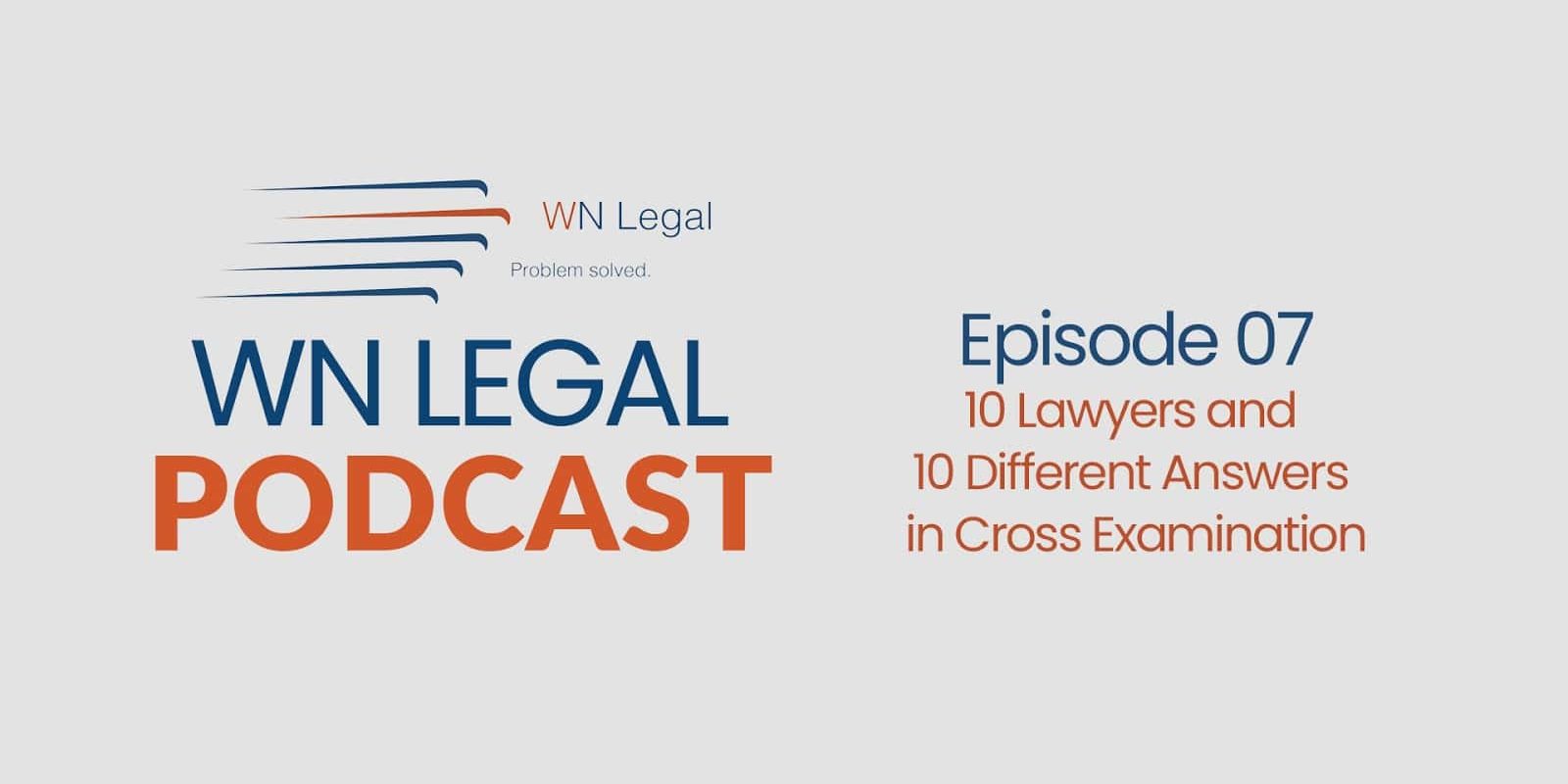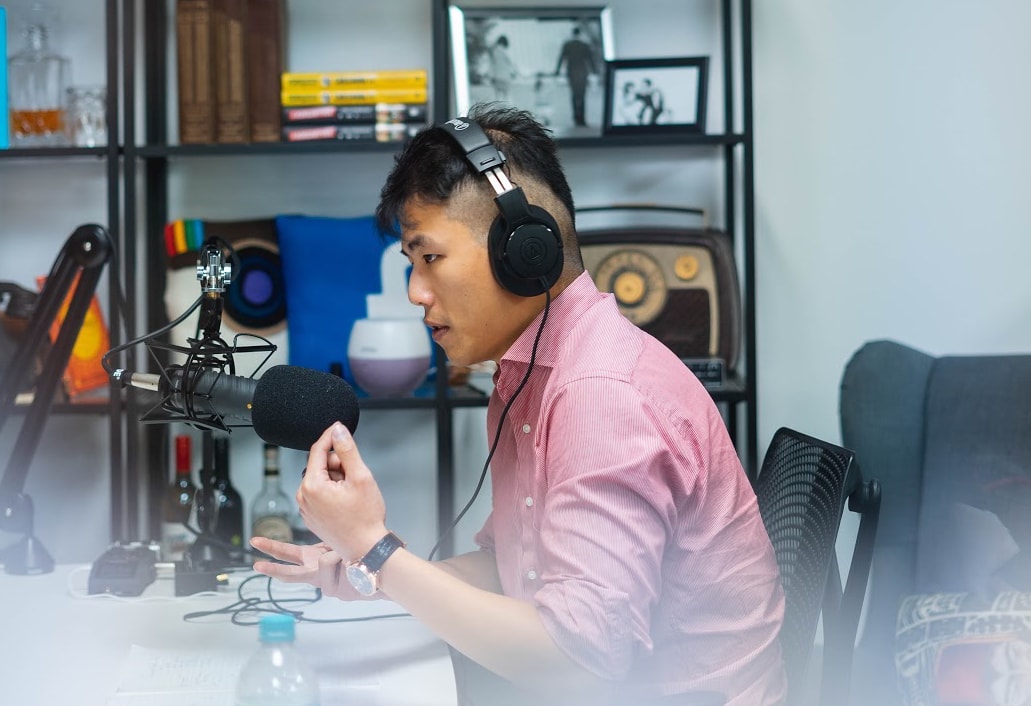Have you ever wondered how an outcome is reached in trial? Discussion in this episode will cover stigmas around trials and how 10 lawyers can reach 10 different outcomes through cross examination. Below are some key points from the spade and some cross examination tips.
Disclaimer: This blog is not meant to be legal advice specifically for your case or your scenario. The podcast is purely a discussion in respect to informing the public of what to do when you are facing certain circumstances. If you need legal assistance contact: criminal defence lawyer Perth.
Subscribe to our YouTube channel for the latest updates!
Cross examination tips – all you need to know
When a trial comes before the judge or jury panel, it comes down to the facts, the circumstances, the jury or magistrate themselves and the lawyers involved. If you’re wondering what trials are like – or you’re preparing for one and want to know more about the process – you’ve come to the right place. Here are some important cross examination tips.
Circumstances are everything
No trial is the same. That’s the beauty of them. Whatever facts you put into the mix of the trial, there will be a different outcome. From different magistrates, judges and panels of juries, the case may end differently. They may all reach different decisions. There is a common saying that 10 lawyers will give you 10 different outcomes. That’s what we’re going to break down in this episode – the stigma that lawyers are producing different results.
Australia’s system
Australia has a very adversarial process. It’s not inquisitorial, it is adversarial. Both parties can present their facts before a decision is reached. Due to the complexities surrounding the legal process in the adversarial system – representing one’s self can be a very risky thing.
Understand the process
Trials are all about the process. If you’re unfamiliar with the process it can be a confusing and daunting experience. If you know you’re going to be part of a criminal procedure – one of the main cross examination tips would be to get your head around the proceedings. Knowing the order and steps involved can go a long way when put on the spot.
The role of the prosecution
First things first. The prosecution needs to prove beyond reasonable doubt. To do this, the prosecution will need to establish the facts of the case and call their witnesses.
Opening statements
In a criminal procedure, the prosecution will give opening submissions and then the defence can choose whether they wish to give an opening or do their opening in the middle of the trial.
Calling of witnesses
The prosecution’s case usually involves calling all of their witnesses. However when the prosecution closes their case, it doesn’t necessarily mean it’s the end of the trial. It is just the middle of the case. At this stage you would have to determine if you have managed to disprove a certain set of facts. If you did, and you choose not to give evidence, they’d go ahead and close your case.
“The prosecutor, or the prosecution would then call their first and principle witness, secondary witness, any experts that they have, and that’s usually the order of how they’re going start their trial. Those guys will go up to what we call a witness box. When they’re in the witness box, each and every witness would then need to give their examination in chief, and then it comes down to either the accused’s counsel to then cross examine, or to conduct cross examination on these witness. This process will occur for every single witness unless, unless the accused or the self represented litigant makes certain set of concessions- such as identity not being an issue.”
“This is not advice, because I personally wouldn’t do that unless I’m absolutely sure that my cross examination has covered every single facet of the defence”.
Everything you do and say is judged
In cross examination everything you do and say is judged, questioned and assessed. Not everyone can withstand cross examination either, which is why it’s important not to go in as a self represented litigant without advice from a lawyer.
“If your set of facts can withstand the test of cross examination and you are solid as a rock, perhaps you will be fine… perhaps. The next issue is then corroborating evidence. If you have nine police witnesses and one of you in the room and you didn’t do it [alleged offending], but nine of them said you’ve done it, what are you going to do? That being said, don’t decide to plead guilty at first instant. I have done about maybe 20 trials in the last five years with the same set of scenarios, but the one just done two months ago, nine witnesses, four police officers, and five independent witnesses, my client only had his/ her immediate plus one as a defence witness. In that case, the prosecution stopped calling the remaining witnesses after their third witness, because in cross examination we have covered the necessary points to render the remaining witnesses’ evidence redundant.”
Cross examination is important because if you’ve covered enough points, they know calling any other witnesses is not going to be tangible to the case. It’s all tactical.
But how do you cross examine? What do you do when you’re cross examined? When you’re up in the stand what is the first question you’ll be asked? How do you proceed in asking these questions? These are all questions you need to know before proceeding with being cross examined or cross examining someone.
Cross examination tips: what to do on the stand
“The Evidence Act only covers very limited rules of what you can and can’t do. The rest of them are from experience. Evidence that is of speculative nature, hearsay or opinion will be usually ruled out. However, in Restraining Order proceedings, the new amendment that posts July 2017 allows the Magistrate to consider hearsay evidence in restraining order proceedings.”
Avoid opinions and keep it relevant
When you’re on the stand and under pressure it’s easy to revert to speculation or opinions. Perhaps the most important of all cross examination tips is to keep it straightforward and direct. Don’t dance around the point – just say it. And if it’s not relevant – don’t say it. If you’ve got something important to say – you don’t want to discredit those facts by making other unsound judgments.
Cross examination tip: avoid hearsay
Hearsay is basically evidence of what someone else said. It’s inadmissible to court. Some examples are outlined in the podcast:
“In criminal proceedings, if someone goes, “Oh, I heard my mom said that my brother was doing this.” This may be immediately ruled out. “I spoke to the police officer, and the police officer said to me that I’m guilty.” This may be immediately ruled out, because this is speculation. Speculation, what do I mean by that? Oh, he’s got dreadlocks, he’s guilty. No, that’s simply not possible. Any kind of evidence like that, should be immediately ruled out in criminal proceedings.”
They’re only seeking the truth
The point of cross examination isn’t to trap the witness. But rather find out the truth of what is being said. That’s why 10 lawyers and going to get 10 different outcomes, because up in the stand is where all the magic happens.
Get legal advice
If you’re worried about your trial or court date, don’t’ just rely on these cross examination tips. We strongly recommend consulting with a qualified criminal defence lawyer Perth. Don’t leave it to chance or go at it alone. See the WN Legal website for more information and book your free 30 minute consultation today.










